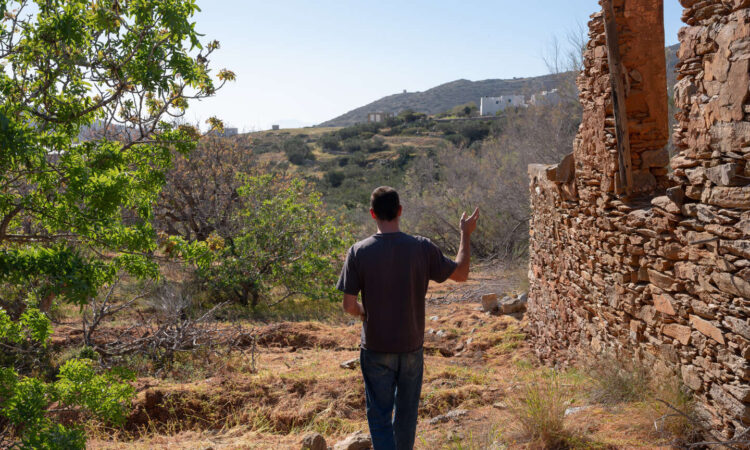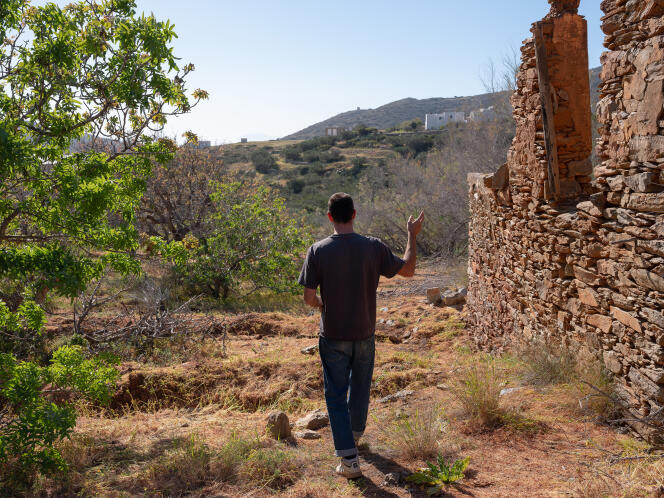

“In Calabria, we’re short of everything, we’re far from everything,” said Teresa Rossi, 58, with a hint of bitterness that reflected her daily hardships. On a rainy April morning, she had trudged through the streets of Cosenza’s deserted city center to get help from the diocese’s Caritas, the Italian Catholic social aid organization. Rossi is one of 240,000 Calabrians who no longer receive the ‘citizens’ income,’ a benefit that Giorgia Meloni’s government abolished in 2023. Having lost her part-time job as a care assistant to the elderly, she can no longer afford to pay her bills, while still providing a home for three of her adult children. They are barely scraping by between unemployment and undeclared day labor, two of the many ills afflicting young Calabrian people.
In the diocesan kitchen, volunteers were preparing meals for around 20 people. “Here, the young people who can, leave,” said Mirella Spadafora, a 69-year-old volunteer, with a touch of acrimony. “There’s no work, no future. One day there’ll be no one left.” Since the Covid-19 pandemic, the Calabrian branch of Caritas has lamented the emergence of “new poor people” in this peripheral region of southern Italy, which has been deprived when compared to the prosperous and industrious Po Valley and Veneto regions. Here, 31% of the population lives below the poverty line. Behind this grim statistic looms the specter of clientelism and the pervasive presence of the ‘Ndrangheta, a globalized mafia that remains firmly rooted in its homeland, where it has thoroughly corrupted economic and political life.
The Calabrian tragedy tells the complex, multifaceted story of Europe’s neglected regions. It’s a tale that underlies the great convergence in member states’ economies that has been observed and celebrated – especially between those of the West and those of the 10 countries, mainly from Central and Eastern Europe, which joined the European Union (EU) in May 2004. According to Pawel Tokarski, an expert on the European economy at the German Institute for International and Security Affairs (SWP) in Berlin, “The progress of this latter group has been quite clear.” Their gross domestic product (GDP) per capita has, indeed, risen from 52% to 80% of the EU average, according to the European Commission’s 9th Cohesion Report, published on March 27 – in the Czech Republic and Slovenia, it’s even reached 91%.
‘Phenomenon of hyper-metropolization’
However, behind these general national averages, the detailed regional figures paint a very different picture: One of a Europe in which the capitals and metropolises capture a large share of wealth, to the detriment of peripheral and rural areas.
You have 79.22% of this article left to read. The rest is for subscribers only.






